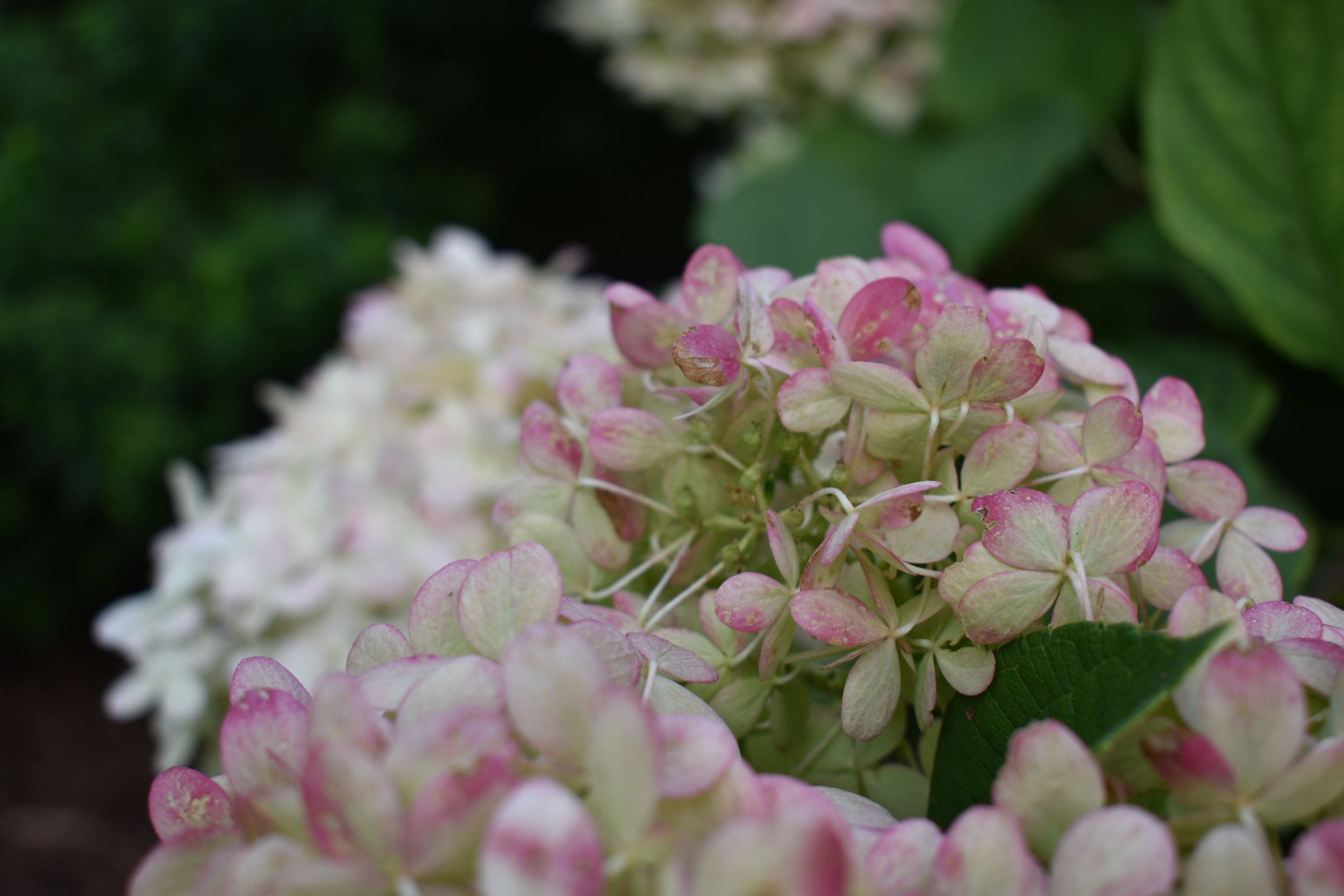Forest & Prairie: A Tranquil Walk Through Linnaeus Arboretum
Located in St. Peter, about a twenty minute drive from Mankato, MN, is Gustavus Adolphus College, home to the Linnaeus Arboretum. This botanical wonderland was founded in 1973 by a botany professor at the college, Charles Mason, and his wife, Harriet Mason. The area is unique in that it incorporates all three of the major ecosystems in Minnesota: tallgrass prairie, deciduous woods, and coniferous forest, allowing you to observe a wide variety of flora and fauna. With 130 acres, the arboretum gives plenty of room for you to wander, bring a picnic, or read on a bench surrounded by cascading blooms.
My roommate, Kayla, and I made the drive to St. Peter in the evening last week, needing respite in nature after a day cooped up doing homework. We were greeted immediately by a furry friend! Rabbits were scurrying about in full force on our entire walk, and one was even sleeping on its side in the middle of the path.
The arboretum is named after Carl Linnaeus, whom you might remember from high school science class as the father of taxonomy, as he formalized the modern system of naming organisms. His bust can be found at the entrance to the trails.
As you move through the arboretum, you come to the tallgrass prairie. When European settlers arrived in Minnesota, about half of the state was covered with prairies like these. Now, less than 1% of those original tallgrass prairies remain.
In the deciduous woods, you can find sugar maple and red oak. The Jones Northern Forest Ponds serve as stormwater drainage, along with the Loreli Olson Steuer Wetland Preserve. These wetlands are vital to maintaining water quality through filtering, as well as preventing flooding. In the coniferous woods surrounding the ponds, you're transported to northern Minnesota—a land of red and white pine. Here, you can find meditation areas marked by large engraved stones.
Upon exiting the woods, the path leads you to an orchard and log cabin. The Borgeson Cabin was originally built in 1866 and belonged to Swedish settlers; it was restored in 1986. The orchard is home to a variety of apples, plums, and apricots.
This time of year is perfect for appreciating the beauty of the wide variety of flowers found at the Linnaeus Arboretum—it seemed like almost everything except for the lilacs was in bloom! I particularly love the formal garden with its hedges and array of roses, though the hydrangeas and wildflowers were another highlight.
If you live near St. Peter and are in need of some nature therapy, but don't want the rigor of a true hike, the Linnaeus Arboretum is a unique and beautiful refuge from the bustle of daily life.
If you liked this post, be sure to hit the heart button below! And don't forget to sign up for the newsletter using the form at the bottom of this page to ensure you never miss a blog post. Thanks for reading!

























